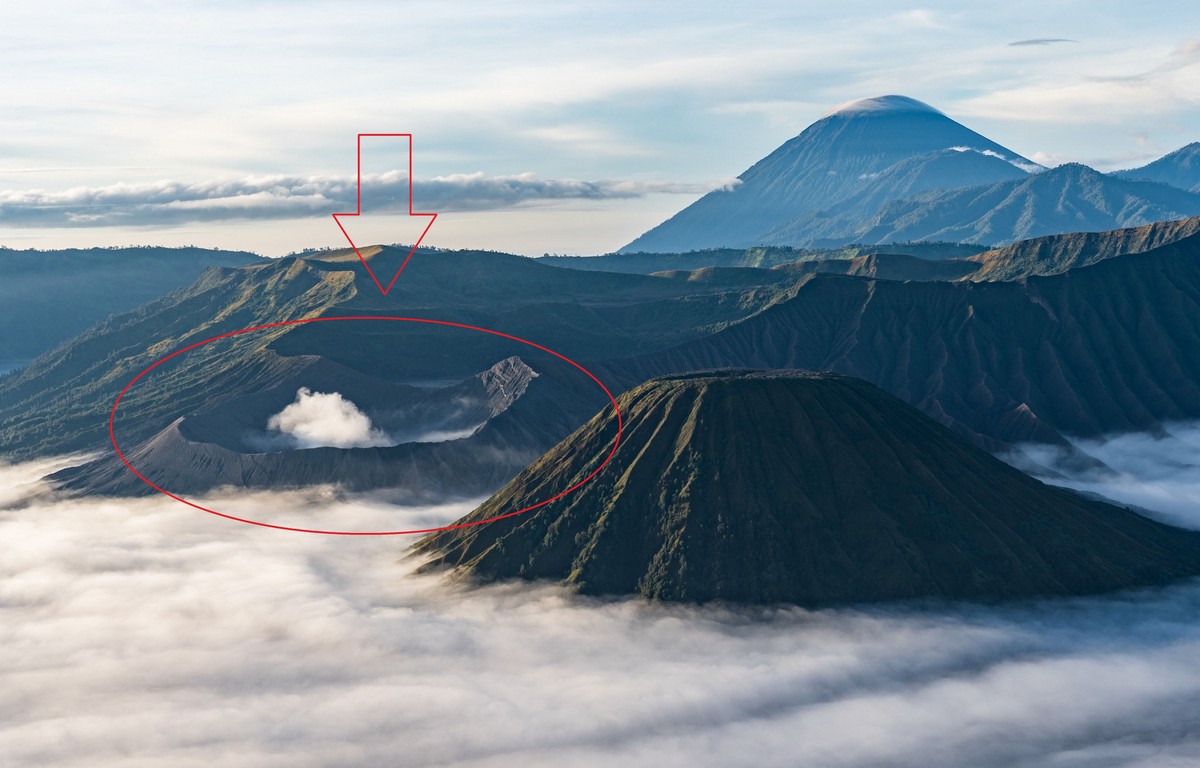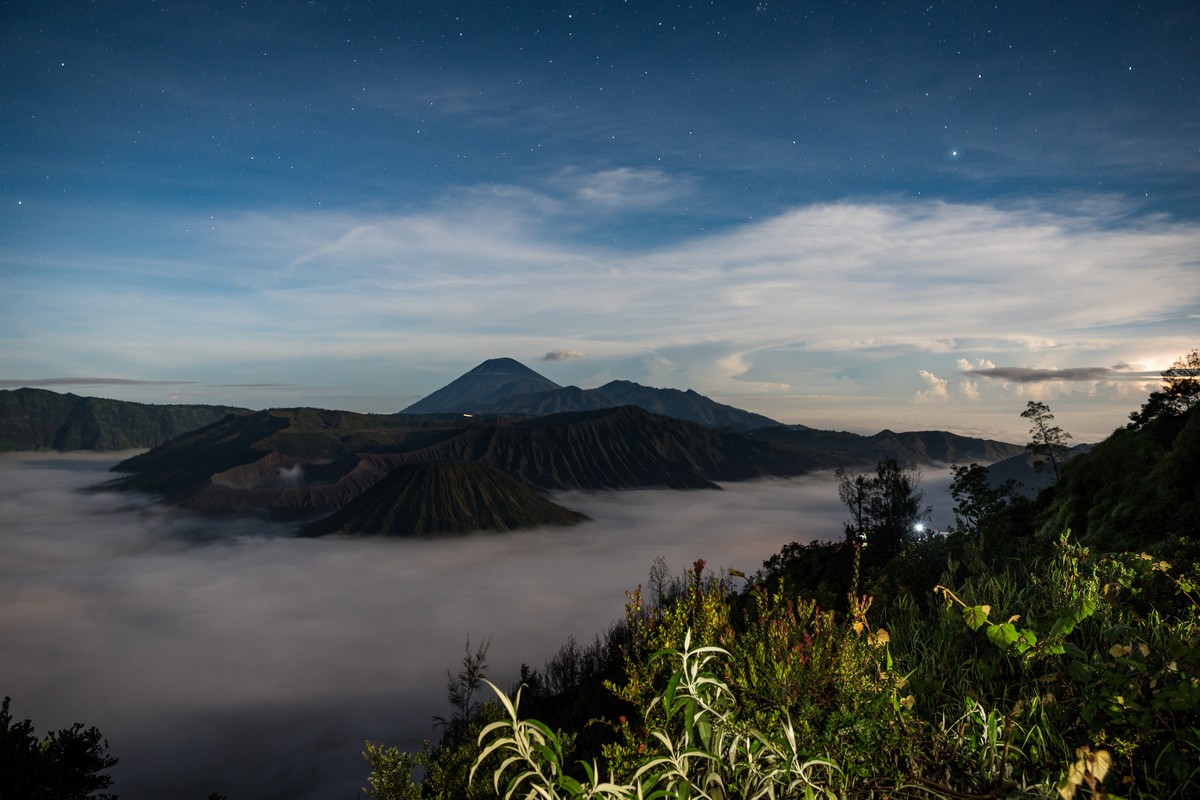February 16, 2018
New Year further from the center, part 3: Indonesia over and out.
Hi folks!
Herewith, as promised, a brief summary of our recent Indonesian New-Year adventure.
We scaled seven volcanoes (Merapi, Arjuno–Welirang–Kembar, Bromo, Ijen, Kelimutu), saw four dizzying dawns from volcano peaks, stayed on five Indonesian islands, bathed in two seas and one volcanic lake, photographed three orangutans and many a Komodo dragon, swam with manta fish and untold quantities of other marine life, ate tons of local exotic super-fresh fruits, flew four inter-island flights (in addition to the flights to Indonesia and back), and spent countless hours on buses and 4x4s (covering 1300km on… hazardous roads). In a word: phew!
Already back home, I thought I’d dig around on the internet to see what I could find on the volcanoes we climbed. And there was plenty…
Bromo:
Kelimutu:
In all, 18 days (not including getting there and back). A extraordinary expedition. So if you have a bit of a soft spot for volcanism – make sure to get here one day; you won’t be disappointed!





































